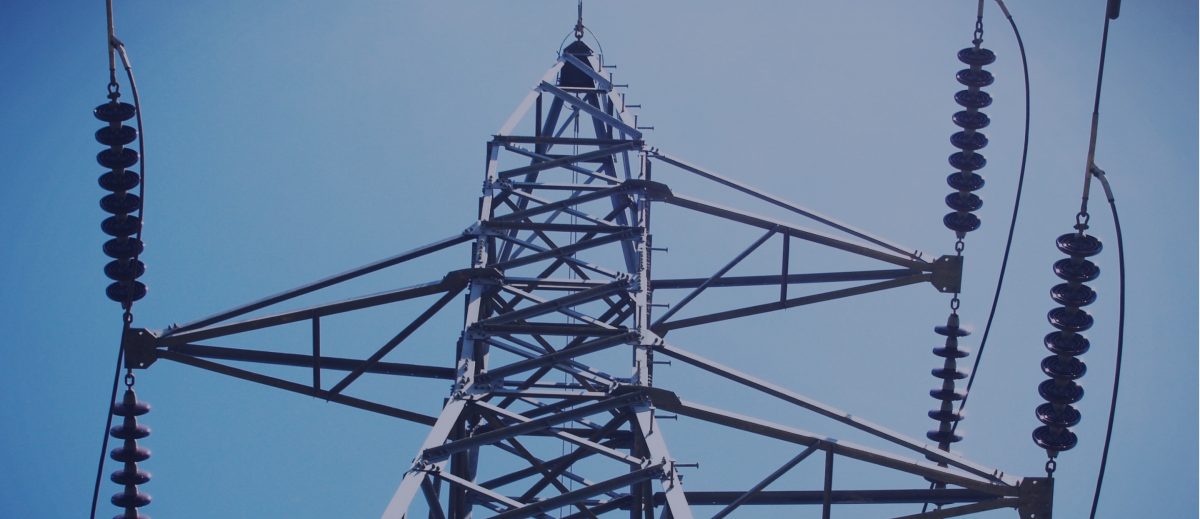School districts all around the country are hard at work developing contingency plans to keep kids learning during COVID-19. As schools close and face uncertainty about when they’ll be able to reopen, it’s more important than ever for students to have access to the Internet so that they can continue their studies and stay connected to teachers and classmates.
An estimated 55 million students are out of school due to the coronavirus pandemic. While distance learning is an option for many, more than nine million students don’t have access to the Internet at home. With libraries, cafes, and other public locations closed, there’s an immediate need to address the growing digital divide and meet the needs of these learners.
Here’s what school districts need to know about low-cost residential broadband solutions – one of the most effective ways to connect households – including identifying the service options available to students served by your district, and how families can access free or low-cost options.
Will low-cost residential broadband or hotspots be a better solution for students in your district?
Both LTE hotspot and low-cost residential broadband solutions are essential technologies to get students online, but existing residential broadband will be the best solution for the majority of households if it is available.
Low-cost residential broadband solutions can meet nearly 77% of the demand for home Internet access immediately
Existing residential broadband solutions (including cable and DSL) already serve the majority of homes with school-aged children. In most cases, households can activate these services with a self-install kit that can be mailed to their home.
Low-cost residential broadband solutions solutions are more affordable and more effective
Most carriers offer a plan for low-income families that costs $10/month with no installation fee. Our analysis shows that over seven million students could be connected by low-cost residential broadband providers from now to the end of the 2020-21 school year for a cost of $912 million.
For the 1.7 million students that would need to rely on mobile data plans, the cost through the next school year is $1 billion. This technology-neutral approach can meet the needs of 9.1 million students through the 2020-21 school year for a total cost of $2 billion.
In comparison, the typical cost of a hotspot device is $75, and the typical data plan costs $39/month. Using a hotspot-only approach would cost $6.2 billion to provide access for all unconnected students from now to the end of the 2020-21 school year. This approach is further complicated as currently, there are not enough hotspots in the supply chain to meet demand.
Is residential broadband available where your students live?
Broadband Now is a website that helps find and compare Internet Service Providers (ISPs) in specific areas. Enter a zip code on the homepage to see plans, prices, and ratings for every provider available in that location.
If residential broadband is not available in your district, here’s where you can find more information about how hotspots work and how to get them to your students.
Where can your students get free or low-cost home Internet options?
There are many free, subsidized, and low-cost residential broadband solutions options available.
Lifeline is a federal program that lowers the monthly cost of Internet for eligible customers. Call 1 (800) 234-9473 or visit Lifeline’s website to apply. Households that qualify for Lifeline are likely to qualify for the discounted programs offered below (and some Internet providers may ask households to show that they’re eligible in order to take advantage of their low-cost or free offers).

Keep Americans Connected Pledge
FCC Chairman Ajit Pai recently announced the Keep Americans Connected Initiative to ensure that Americans don’t lose their broadband or telephone connectivity as a result of COVID-19. You can see the more than 700 companies and associations that have signed the pledge here.

Free and Low-Cost Internet Offers
In response to the crisis, many major providers are expanding on their low-income basic Internet options. This blog post details the offers made by ISPs around the country, including free or low-cost service, flexible payment plans, and additional offers to support students and families.
See Latest Connectivity Offers


